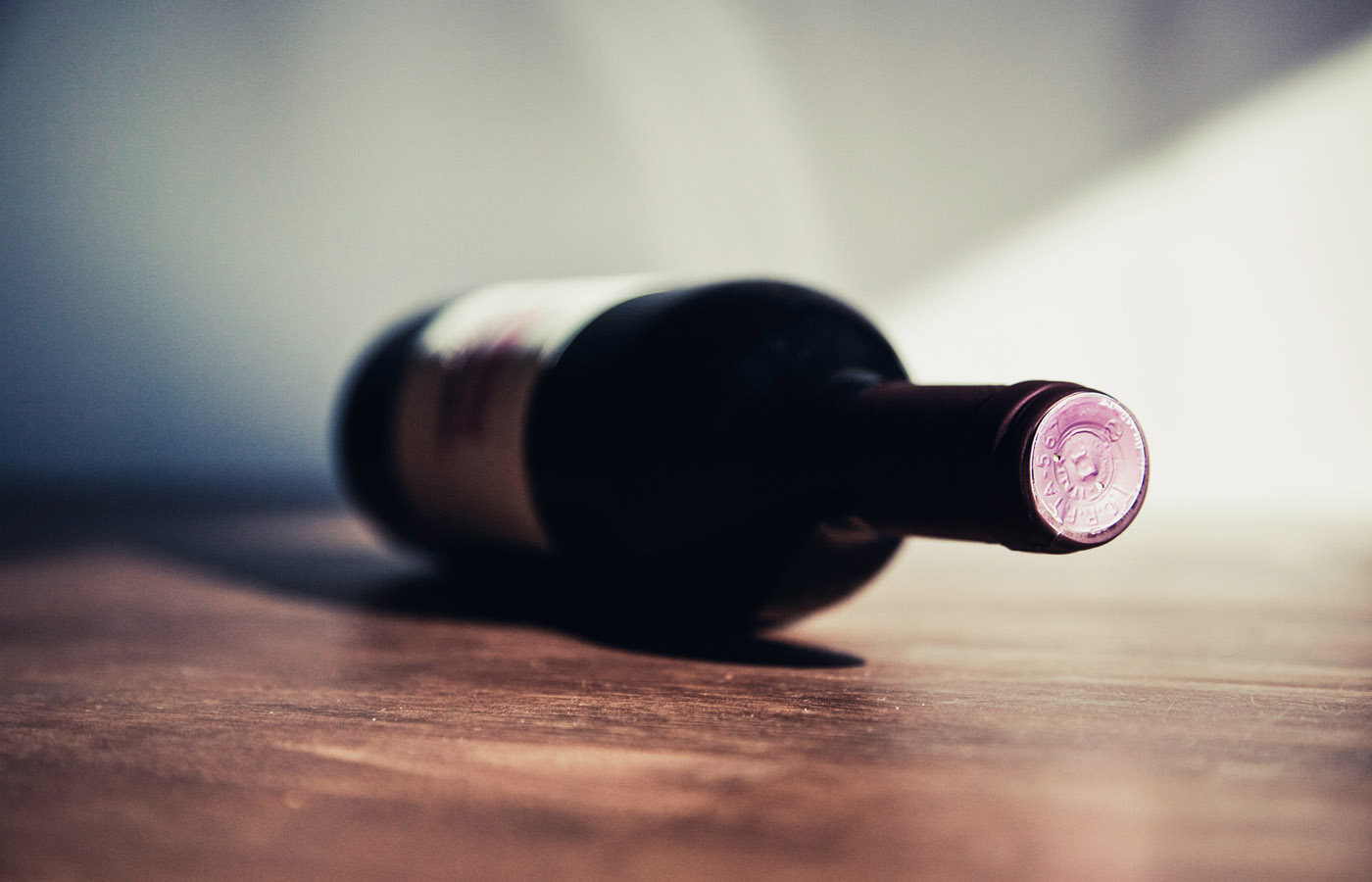Either you’re a wine aficionado and enthusiast or you’re a straight-up amateur. No matter which it is let’s say that you have a very fine cabernet sauvignon sitting in front of you you’re about to open. Uncorking the bottle and pouring it directly into a glass for consumption is a real no no. Why? Because wine needs to breathe in order to develop its full flavors.
I have uncorked bottles of red wine in the past only to taste them immediately after opening. But then waiting for a while, let the air interact with the wine and then tasted it a while later and it seems like a totally different wine. Rather than letting a bottle sit for a while, you can use an aerator or a decanter to achieve the same process. But which one is better and what are the differences between the two? So let’s start from the beginning.
The idea behind aerating and decanting wine is a similar one, however, there are differences between the two processes. The common goal of both of these methods is to aerate the wine – the definition of aerating wine is to increase its exposure to oxygen. So let’s follow through with the fact that if you increase the surface area of wine, you are also increasing how much of the volume of wine comes into contact with the air. This creates a chemical reaction which helps to develop the aromas and flavors of a wine more quickly than letting the bottle sit around and do its thing over time.
Although usually aerating or decanting a wine usually will make it better, faster, the process isn’t a guaranteed magical one. For example, if you try to aerate an inexpensive Pinot Grigio, it’s not going to turn it into a perfectly aged Burgundy. The stuff in the bottle has to be good and complex to begin with in order for the process of aeration – otherwise known as limited oxidation – can allow potential complexities and nuances of a wine to come out in a slightly faster way.
Aerators are great for younger wines and big, bold reds
So, now let’s go over the difference between the two devices. Aerators are typically small devices that are put placed inside the bottle or held by hand. You’ll find many different variations out there, but all of them serve to increase a wine’s exposure to air when it’s being poured. Aerators can be great for young, and tannic reds that may be muted (or closed) as soon as you open the bottle – whereby the tannins can overpower the balance of the taste. A main purpose of the aerator is to soften tannins and allow the fruit and acid to come through.
A word of caution is that aerators won’t help the sediment that can be found in some wines (sediment is often a byproduct of fermentation and lees, or leftover yeast. This means that the buildup of solids in a bottle isn’t often an issue for younger wines, but can be for older bottles. Sometimes the sediment can clog an aerator, so just watch out.
Decanters are perfect for older wines with more delicate flavors
Decanting is both an art and time-honored tradition. You don’t have to worry about the sediment buildup in a bottle of wine with a decanter. This is one of the reasons this is the preferred way to aerate older wines that you’ve got stocked in your cellar. When you pour a wine in a slow and proper way, the majority of sediment will remain at the bottom of the bottle. Often you’ll see a sommelier using a source of light such as a candle so that he can see where the sediment is and stop pouring if it reaches the neck – ensuring that you only sip fine wine and not anything else.
Tip for getting the most out of younger wines – you can help a young wine to realize its full potential by aerating a wine directly into a decanter.
Cheers!
